Crucial Redis Monitoring Metrics You Must Watch
Scalegrid
JANUARY 25, 2024
You will need to know which monitoring metrics for Redis to watch and a tool to monitor these critical server metrics to ensure its health. This blog post lists the important database metrics to monitor. Effective monitoring of key performance indicators plays a crucial role in maintaining this optimal speed of operation.



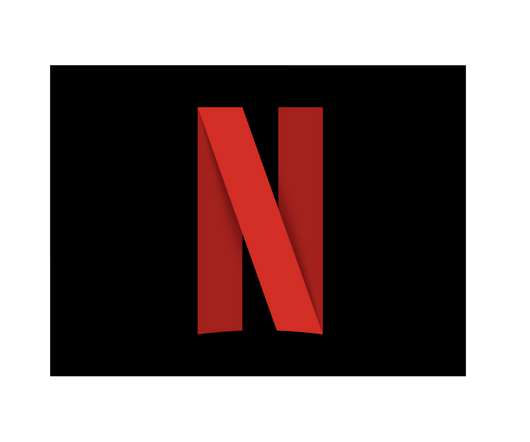
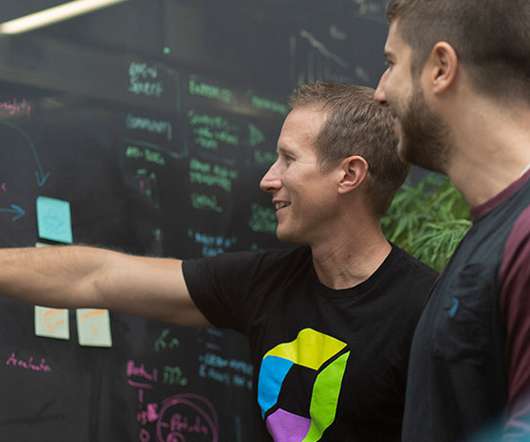



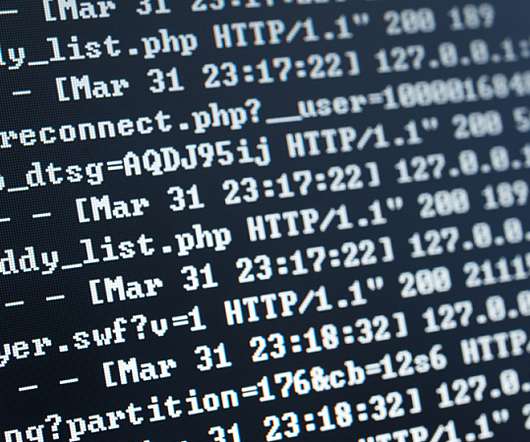






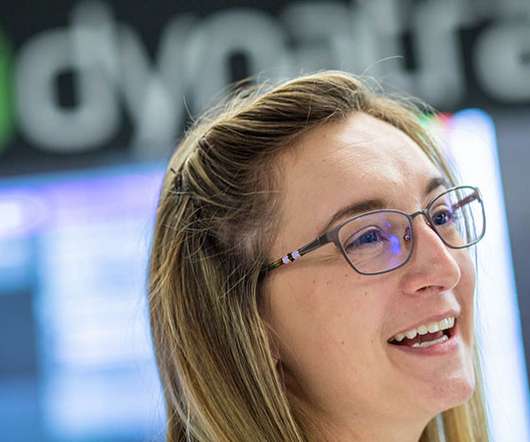




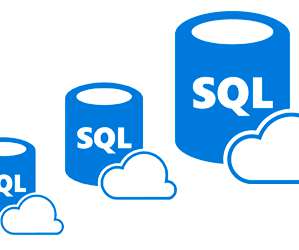


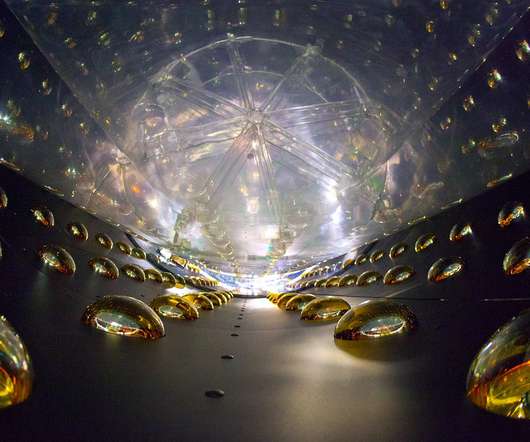








Let's personalize your content